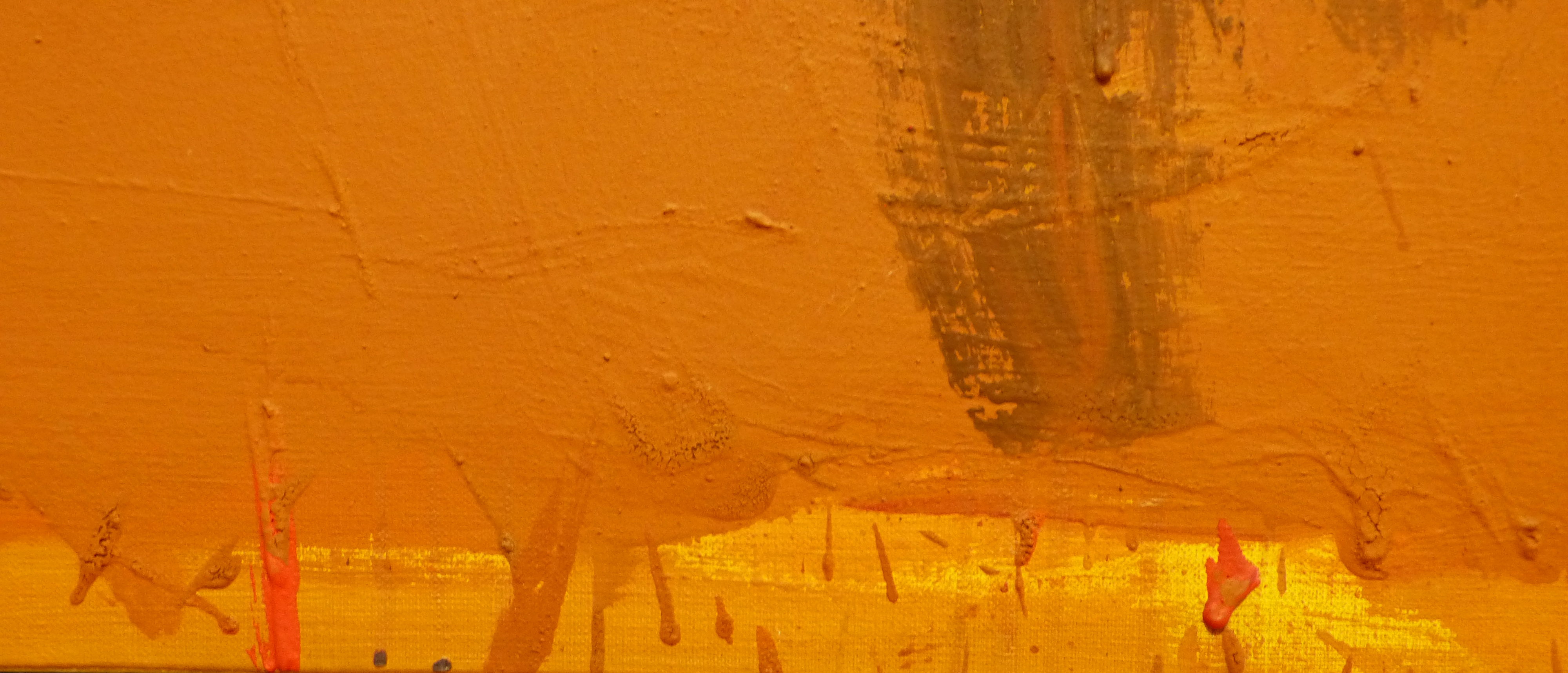Flat Fleet (1987)
The work of Joaquim Chancho (Riudoms, 1943) is contained within certain coordinates within which he has operated freely: abstraction, geometry, action within painting, sequencing and reiterative, yet open processes. In the majority of series he has opted to limit the colours to black and white, while adding red or earth tones in others. However, in certain stages he has experimented with the entire chromatic range, at all times working directly with the colour on the canvas, without prior mixing, experimenting with transparencies, superpositions and the densities of materials. The composition has followed a series of confrontations between spontaneity and contention, between strict order and the freedom of the impulsive gesture. Despite the evident loyalty to following a personal route, Chancho has remained open to the trends of the moment and this has allowed him to relate to the movements of painting-painting, minimalism, new expressionism and neo-minimalism.
Although at first sight Fleet Flat looks like a monochromatic work, on its surface we can observe various layers of paint that superimpose each other, which allow us to see the previous one in reddish tones and mixtures of yellow and ochre hues.
 The square format of the 190 x 190 work represents the proportional relationship between the format and the human body. This is the equivalence between the length and width of the human body. The artist says that this human scale is the ideal scale for his work, since it allows him to tackle the painting physically.
The square format of the 190 x 190 work represents the proportional relationship between the format and the human body. This is the equivalence between the length and width of the human body. The artist says that this human scale is the ideal scale for his work, since it allows him to tackle the painting physically.
 Chancho operates on the margins of the thematic meanings; the paint drips and slides along the surface, leaving traces and in some parts of the painting there are small furrows, like wounds that reveal the interior of the work.
Chancho operates on the margins of the thematic meanings; the paint drips and slides along the surface, leaving traces and in some parts of the painting there are small furrows, like wounds that reveal the interior of the work.
 Beyond this liberty of colour and chaos, the painting has an order, a rule, using geometry as a reference; the four large stains stand out and divide the surface are in the form of a cross, ordering and limiting the undefined space and the expansion of the painting.
Beyond this liberty of colour and chaos, the painting has an order, a rule, using geometry as a reference; the four large stains stand out and divide the surface are in the form of a cross, ordering and limiting the undefined space and the expansion of the painting.
